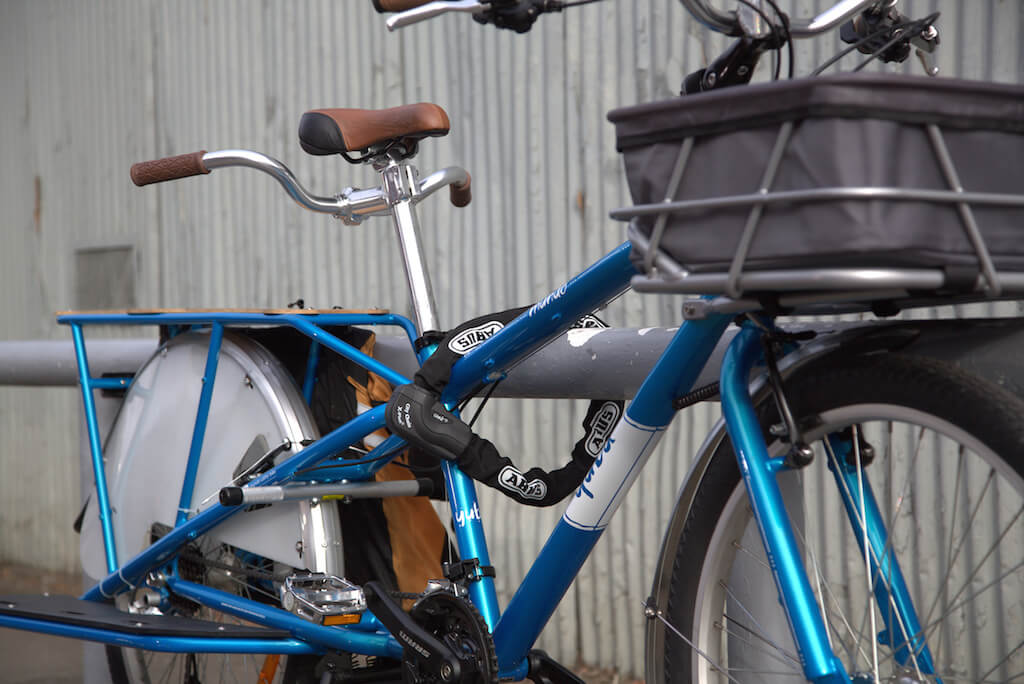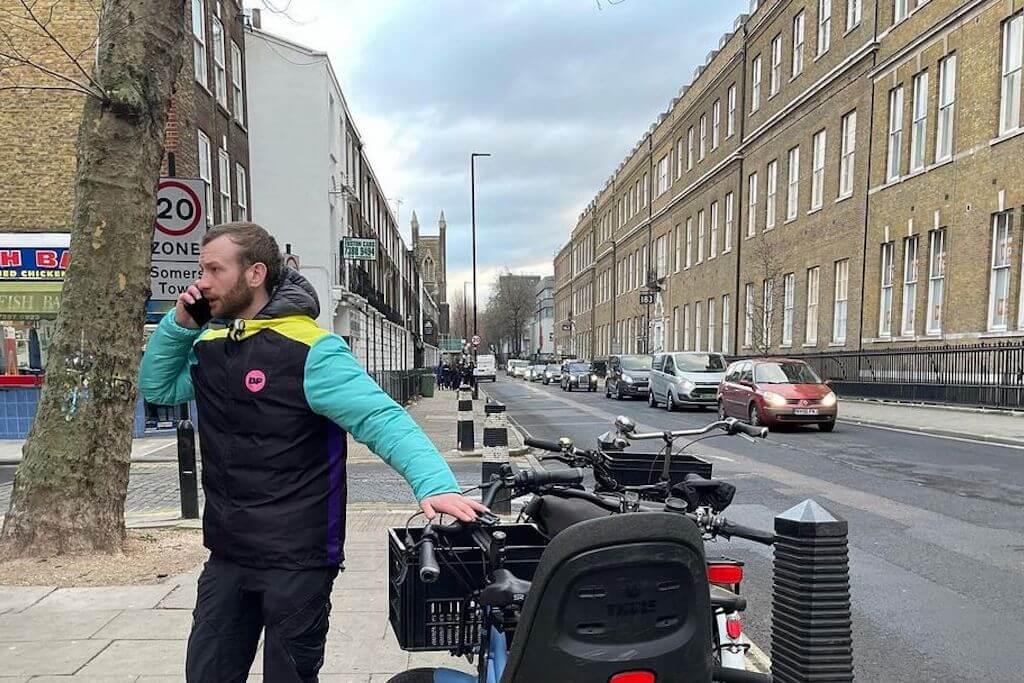Autumn Gear Guide
Find inspiration in our Gear Guide that will keep you out on your bike through wind or rain.
Download NowBicycle theft has long been an unwelcome part of the cycling experience, a serious worry for anyone who’s ever rolled into a city café or locked up outside a transit station. Now, thanks to a deep dive by the cycling training app JOIN into the FBI’s latest annual crime data, there is a clear view […]
Bicycle theft has long been an unwelcome part of the cycling experience, a serious worry for anyone who’s ever rolled into a city café or locked up outside a transit station. Now, thanks to a deep dive by the cycling training app JOIN into the FBI’s latest annual crime data, there is a clear view of how deep the bike theft rabbit hole goes and how costly it is.
The findings are not pretty: nearly 150,000 bicycles were reported stolen, lost, or vandalized in the past year. The total reported value of these incidents? A whopping $148 million. And for those thinking bike theft is a minor crime, the average value of bikes reported to the FBI was $833.76 — an indication that this isn’t just about stolen beaters and junkyard cruisers. High-end commuter bikes, e-bikes, and custom rides are squarely in thieves’ crosshairs.
California tops the list as the state with the highest number of reported bicycle-related crimes — a shocking 21,339 incidents in 2023. That’s over 14% of the national total. Texas follows with 12,261 incidents, then Colorado with 7,433, Florida with 6,790, and New York with 6,166. Other states with notable crime numbers include Washington (6,104), Oregon (5,449), and Massachusetts (4,297).
Colorado leads in another category: the highest average value of stolen, lost, or vandalized bikes. At nearly $1,937 per incident, it suggests that either Coloradans are riding more expensive bikes — or that thieves there know how to pick a high-end target. Other states with high average bike values include Nevada ($1,728), Utah ($1,641), New Mexico ($1,485), and California ($1,478).
The economic toll is substantial. California alone saw more than $31 million in total reported value lost to bike crime. Colorado was second at over $14 million, followed by Texas ($11 million), Washington ($8.7 million), and Oregon ($7.8 million). These figures reveal not only the widespread nature of bike theft but also the deep financial impact it has on individuals and communities.

ABUS chain lock
For urban cyclists, bike theft isn’t just about losing a possession. It’s about disrupted routines, lost trust in infrastructure, and the real economic burden of replacement. A stolen bike can upend a commuter’s schedule or derail someone’s decision to continue riding altogether. And as cities increasingly promote cycling as a sustainable, affordable alternative to driving, widespread theft undermines that progress.
There’s also a broader equity concern. While some riders can afford to replace a stolen bike quickly, others cannot — especially in cities where cycling is a key component of affordable transportation. In those cases, theft can translate into job losses, missed appointments, or reduced access to essential services.
Joep Haan, JOIN’s Head of Growth and Marketing, offered a series of tips for keeping bikes safe. Many focus on the home — where thefts are increasingly common — and the misuse of apps like Strava that can unwittingly broadcast your gear and location to would-be thieves. Haan recommends hiding the start and end points of rides on fitness apps to prevent home-targeted thefts.
Out in public, the basics remain essential. Always use a high-quality U-lock through the frame and one wheel, and secure the bike to a sturdy piece of street furniture. Keep your ride within sight when stopping for coffee, and never assume a short errand makes your bike safe from opportunists.
Check out this Momentum article on the right and wrong ways to lock a bicycle.
Haan also encourages riders to invest in tracking tech. Bluetooth trackers, such as the 4iii power meter with “Find My” functionality, offer one way to locate a stolen ride without tipping off the thief. But having a clear record of your bike’s serial number, make, and model can also make a critical difference in police recovery or insurance claims.
There are also companies such as Backpedal in the UK that will actually go out and take your bike back from a thief.

BackPedal
While the report provides good insight, JOIN said there were some challenges. FBI reports sometimes included placeholder or abnormally high values, skewing some results. To counter this, the analysis included both average and median figures. For instance, while the average cost per incident in Colorado was nearly $2,000, the state’s median value sat at $800, still high but more reflective of typical thefts.
The inclusion of vandalism and loss alongside theft offers a more nuanced view of bike-related crime. It reveals how many cyclists aren’t just losing bikes to theft, but also dealing with damage and mysterious disappearances — further complicating security concerns.
Urban cyclists are encouraged to double down on precautions, push for secure bike parking infrastructure in their cities, and advocate for better crime prevention efforts from local law enforcement. Bike registration programs, public awareness campaigns, and tougher penalties for bike theft could all play a role in turning the tide.
Find inspiration in our Gear Guide that will keep you out on your bike through wind or rain.
Download Now
Leave a comment